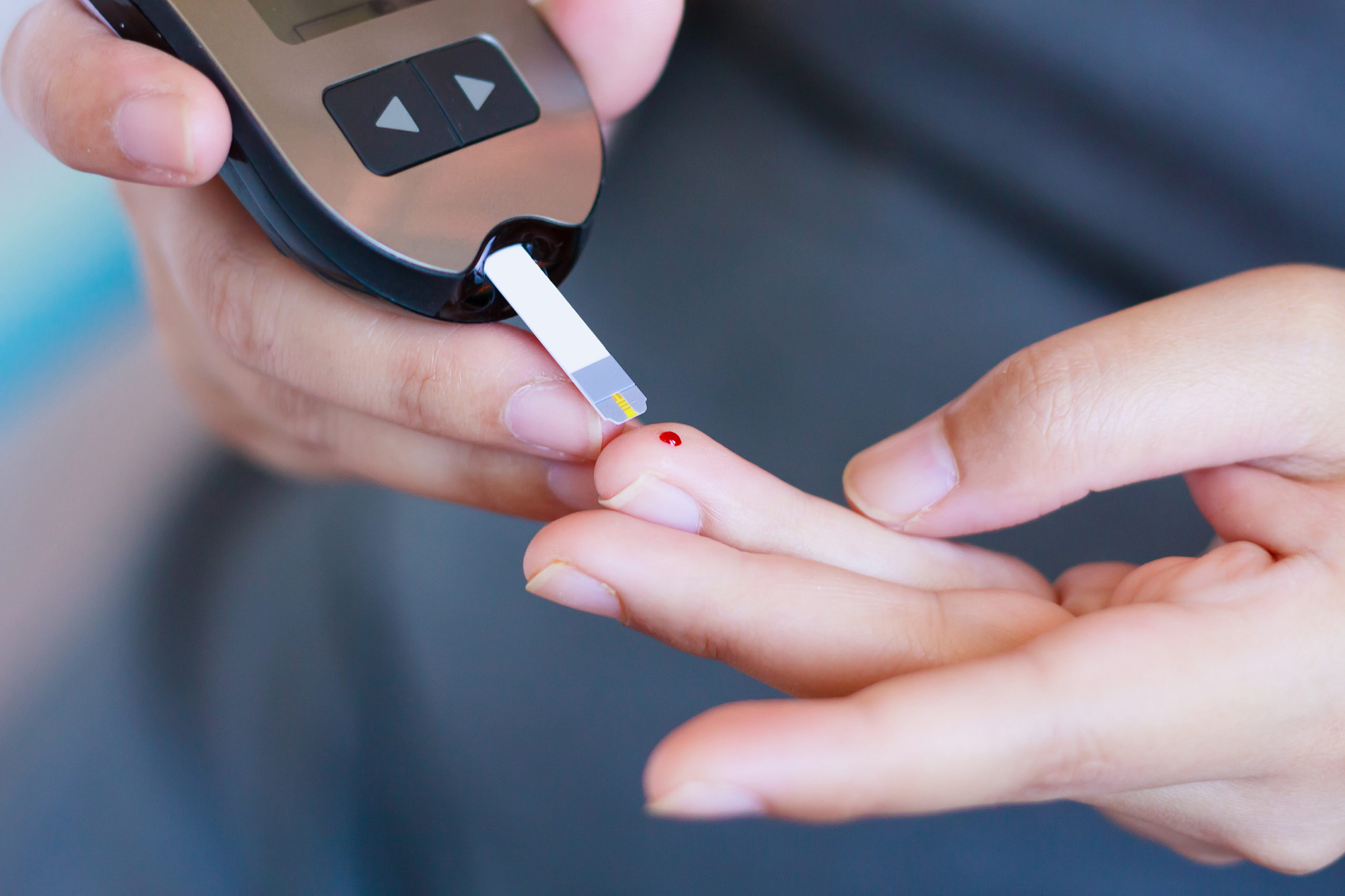-
- Market Research
- |
- CBD Near Me
- |
- Giveaways
- |
- Newsletter
- |
- Contact
- |
- Advertise
- |

Table of Contents
Cannabinoid receptors are molecules on cells that allow cannabinoids, like cannabidiol (CBD), to produce their effects. However, CBD does not only interact with cannabinoid receptors but also non-cannabinoid receptors. The interaction with these receptors suggests CBD has the potential to treat several conditions by producing unique effects such as reducing inflammation, alleviating pain, and decreasing anxiety.
Table of Contents
- What Are Receptors?
- Cannabinoid Receptors
- Non-Cannabinoid Receptors
- CBD’s Therapeutic Interactions With Receptors
What Are Receptors?
Receptors are proteins that receive and transduce signals from compounds, like CBD, which then affect biological systems.
In the case of cannabinoid receptors, they are located on cell membranes that bind with natural cannabinoids, like anandamide.
Cannabinoid receptors are part of a superfamily called G-protein coupled receptors (GPCRs).
However, CBD does not only interact with cannabinoid receptors but it also interacts with receptors outside of the endocannabinoid system, including serotonin and opioid receptors.
Cannabinoid Receptors
The following receptors are recognized as cannabinoid receptors that CBD interacts with:
CB1 Receptors
CB1 receptors are usually found in the brain and central nervous system.
They are known to modulate pain, memory, appetite, mood, and motor control.
THC has a high affinity for the CB1 receptors, which are responsible for the “high” associated with THC.
CBD does not bind with CB1, but CBD can help activate CB1 by increasing anandamide (an endocannabinoid) levels.
However, CBD can also prevent molecules such as THC from binding with CB1 by changing the shape of the receptors, negating THC’s intoxicating effects.
CB2 Receptors
CB2 receptors are most abundant in the immune system and are known to regulate the release of cytokines, a proinflammatory protein released by the immune system.
Targeted activation of CB2 is typically used for anti-inflammatory effects and, potentially, anti-cancer benefits.
Unlike CB1 receptors, when CB2 is activated, it does not produce psychoactivity.
This happens because CB2 is not abundant in the brain, like CB1.
CBD reduces inflammation when it interacts with CB2 receptors by speeding up the natural death of inflammatory immune cells that release cytokines.
Orphan (GPR55) Receptors
Orphan receptors are named as such because it is unknown if they belong to a larger family of receptors; as for now, they are part of the GPCR superfamily, and designated GPR55.
According to a scientific review, researchers from UNC Greensboro stated, “In the last years, GPCRs such as GPR18 and GPR55 have emerged as possible missing members of the cannabinoid family.”
For this reason, GPR55 receptors are seen as cannabinoid receptors.
If overactivated, GPR55 can contribute to osteoporosis as it produces osteoclasts, cells that promote bone reabsorption.
GPR55 may even proliferate cancer cells.
CBD inhibits the expression of orphan receptors, making CBD a potential treatment for osteoporosis and cancer.
Non-Cannabinoid Receptors
The following are not recognized as cannabinoid receptors, but still interact with CBD:
Vanilloid Receptors
Vanilloid receptors (also called TRPV receptors) are ion channels, which only allow positively or negatively charged molecules to pass through.
TRPV receptors are known to play a role in pain perception and inflammation, making them therapeutic targets in diseases with severe pain.
CBD is an agonist of TRPV and produces anti-inflammatory and analgesic benefits by desensitizing the receptors.
Research shows CBD may have the ability to treat chronic pain and rheumatoid arthritis through its ability to target vanilloid receptors.
Serotonin Receptors
Serotonin receptors bind with its endogenous neurotransmitter called serotonin. Serotonin is known to play a role in mood, social behavior, sleep, and pain.
Abnormalities with serotonin can cause anxiety, depression, and difficulty sleeping.
CBD binds with a receptor in the serotonergic system called 5-HT1A, which is part of the GPCR superfamily.
By binding with 5-HT1A, CBD boosts serotonin levels, making it potentially useful for treating anxiety, sleep, and other disorders.
Unlike some serotonin-boosting medications, CBD does not cause addiction or other harmful side effects.
Opioid Receptors
Opioid receptors are activated by endogenous peptides (chains of amino acids) like enkephalins, dynorphins, and endorphins.
These peptides are usually released in response to stress and pain.
Opioid receptors are targeted for pain relief, relaxation, and anti-depressant effects.
CBD has been shown to bind with the mu- and delta-opioid receptors, which are responsible for pain perception.
This suggests CBD could be useful as a pain reliever.
CBD also does not have addictive side effects like some opioid medications.
Nuclear Receptors
Nuclear receptors are called peroxisome proliferator activated receptors (PPARs).
These receptors regulate energy homeostasis and metabolic function, processes that deal with producing energy for the body.
CBD activates PPARs to promote anti-cancer effects and remove beta-amyloid, an abundant, toxic protein in Alzheimer’s disease.
CBD’s Therapeutic Interactions With Receptors
The cannabinoid receptors in the body have several unique effects.
Thus, CBD’s ability to interact with a wide range of receptors makes it a versatile treatment.
CBD may have the ability to treat inflammation, chronic pain, osteoporosis, arthritis, anxiety, depression, sleep disorders, and potentially cancer through its interaction with both cannabinoid and non-cannabinoid receptors.
With so many conditions that CBD may help, we hope that researchers will continue to study the compound.
Have you tried CBD? What were your results? Let us know your experience in the comments below!
Disclaimer: The content on this site is for informational purposes only. We are not medical experts and nothing should be construed as medical advice. Be sure to speak with your physician before taking CBD or any other treatment.










